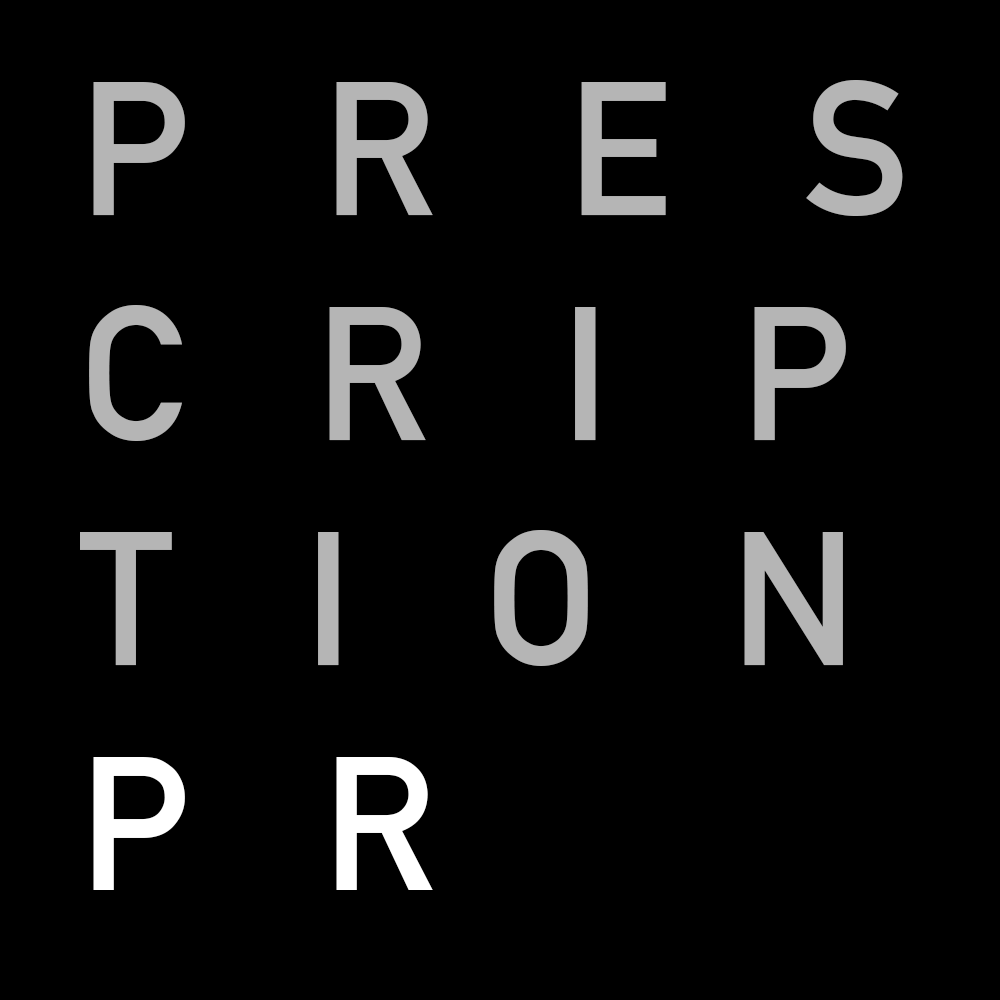Let’s get physical: why musicians shouldn’t forget about cds, tapes and records
Regular readers of The Prescription will have picked up on the fact that much of the advice it contains relates to digital aspects of music industry – whether that’s to do with recording, distribution, PR or marketing.
This week, I thought I’d devote a bit of time to looking at the more ‘physical’ side of things and how thinking beyond digital releases can really benefit musicians.
Whilst it’s true to say that the digital revolution has in general made physical formats like CDs and records seem rather obscure, and often available for next to nothing in charity shops, paradoxically it has also – in certain contexts — turned them into valuable source of revenue.
I’ll expand on that shortly, but let’s stay with the digital side of things for a moment.
Although digital recording gear and worldwide digital distribution have led to an explosion in the number of bands producing and distributing albums, what it hasn’t provided for these bands is the kind of fanbase-generating marketing budget that would have accompanied a traditional album release.
This is usually because today’s major music medium — streaming — doesn’t typically generate enough money to risk investing much in a band.
The upshot of universal access to recording equipment without a corresponding access to marketing budgets is that the industry has arguably changed from being one where there was a small number of bands with huge followings to one where there is a huge number of bands with small followings.
I’m guessing that if you are reading this post, you or your band fall into the latter category, and you’re struggling with how to generate revenue from that small following.
By ‘small’, I mean that perhaps a you have few hundred dedicated fans rather than a few hundred thousand. But the key word here is ‘dedicated’: if your few hundred fans are really into you, they may be prepared to pay a premium for your music, and make your music-making a financially viable activity.
But given how easy it is for for your fans to listen to you for free, this is only the case if you make it really worth their while.
And here’s where physical music products come in: if you can create a physical offering that is perceived as unique and of special value by your fans, you may find that instead of them steaming your album on Spotify for a few pence, they may be prepared to pay a lot more for the same music.
So, here are some simple ideas on how to get physical.
Number your CDs by hand and sign them. Instead of charging £8.99 etc., charge £15.00. This is a really simple way to increase the income you generate from any stock you manufacture, and you'll always find at least some listeners prepared to pay a bit extra for a signed CD.
Put together a little package comprising a bunch of limited-edition items. For example, charge £25 for a package that includes a signed CD, handwritten lyrics, a poster and two signed photos.
Accompany a CD sale with merchandise – bundle a CD, t-shirt and mug together for £20.
Do a limited run of cassettes / mix tapes and charge £15 per signed cassette album.
Do a combined vinyl/CD release and charge £25 per copy sold.
A bit of a physical/digital mash-up this, but you could issue your album on a designer USB memory stick. Include high-resolution versions of your tracks on the USB (WAVS rather than MP3s) and other exclusive content like videos, alternate takes and so on.
These are just some examples of limited-edition physical releases – I’m sure you can use your imagination to come up with more interesting examples of how to get physical. In fact, I’d be keen to hear some more ideas; do leave a comment if you have any suggestions on this front.
The point is to try to increase the value of your offering for your fans, and by extension to increase the financial value of each fan (if that doesn’t sound too mercenary!); for example, to get to a situation where you know there are 750 people who will pay £20 every year to consume your music; a £15k total. Ok, it might not be millions, but it will happily finance the recording and release of another project, or help support a tour.
Whatever you eventually decide upon for a physical release, the key thing really is to think like a business and work out:
how many of your fans will realistically buy a physical product
how much they will be prepared to pay for it
how much it will cost you – not just in terms of money, but time too – to make your physical offering.
Ultimately, if you are smart about things, do the right sums and manage to keep costs down, you may find that oddly, in this digital era there is still considerably more to be made from an innovative physical release than a bog-standard digital one.
And the added value of this is that you have interesting physical products to send to journalists and bloggers too — this can make your press pack stick out from the crowd.


